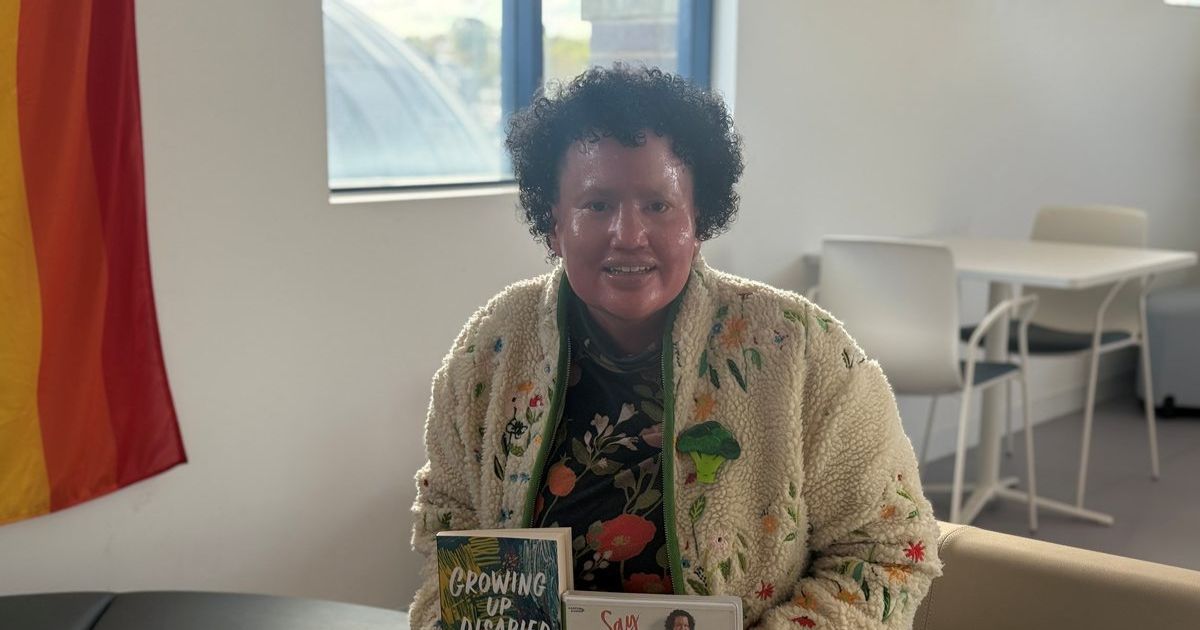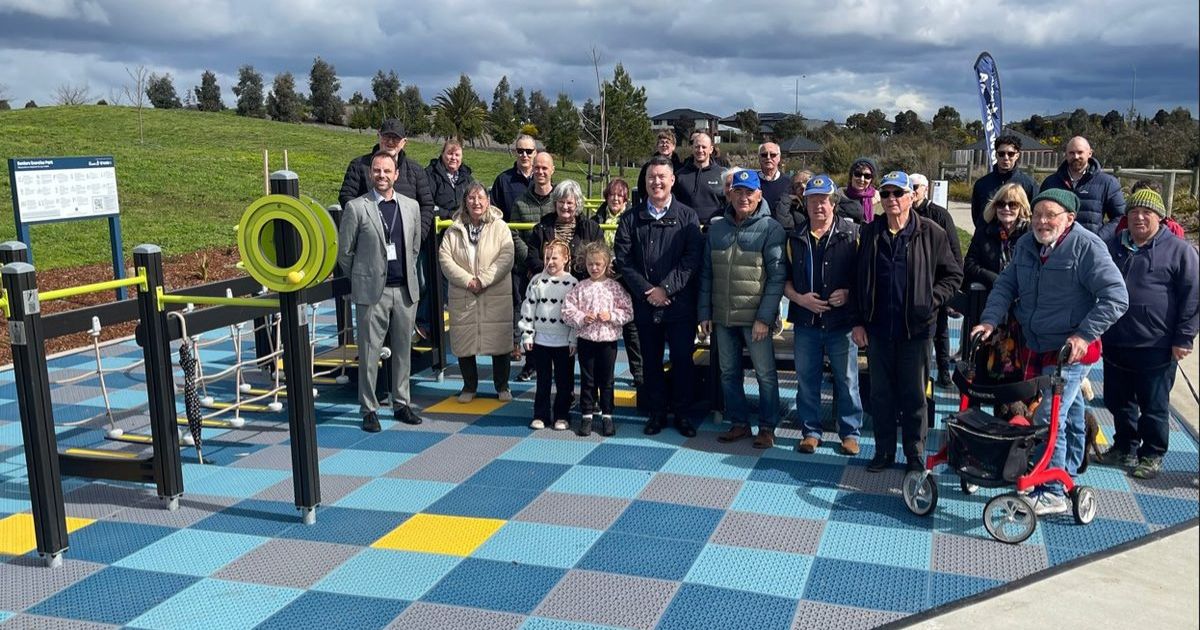Reflecting on WWII, 75 years on

Eldest grandson: Jeremy Johnson with Corporal Johnson’s medals and a book of love letters he wrote during WWII. He wears John’s watch each Anzac Day. Photo: PETER MARSHALL
THIS Saturday, 15 August marks the seventy-fifth anniversary of Japan’s informal surrender, which essentially brought World War Two’s six-year, bloody conflict to a conclusion.
The global fight began in September of 1939 when Adolf Hitler coordinated the German invasion of Poland, and Britain and France declared war on Germany as a result.
The war included the Battle of Britain in 1940, in which the Royal Air Force successfully defended their country and its air space from Nazi Germany’s air force, and aggression in The Pacific, which sparked after Japanese aircraft attacked the United States’ Pearl Harbor naval base in December of 1941.
For a Ballarat reader in 2020, all this might seem very far from home, but there are treasured personalities in our community still telling first-hand stories of the action.
Ninety-eight-year-old Ballarat resident, Bill Cook enlisted in the 23rd/21st Infantry Battalion in Geelong when he was a teenager, ending up in Britain working with The Allies.
“I was discharged from the army on the 17th of September, 1940. I got my employer’s permission to break my apprenticeship and was enlisted as a trainee aircraft electrician in the air force…on the 18th of September,” he said.

“That was a four-month course, then I was posted out to a squadron as a fully qualified aircraft electrician at Point Cook for six months.
“They called for volunteers to join the RAF and within a few days, they posted me to Williamtown in New South Wales to a squadron being formed for night-fighters in England.”
Sent to an aerodrome in Anglesey, Wales, Mr Cook was there for 12 months, before being posted to the RAAF 460 Squadron’s bomber command.
“It was my job to check the electrical systems on the bombs to make sure they dropped when the switch was turned on,” he said.
“I stayed in that squadron until the end of the European war, until we beat Germany.”
In June of 1944, The Allies – Britain, including Australian troops, the US and Canada – landed 156,000 troops on Normandy’s beaches in France, to invade Europe and defeat German powers; D Day.
Mr Cook’s most treasured memory the WWII period is marrying his wife, Dorothy in June of 1945. They were both corporals.
He vividly recalls dropping food to people while flying over the Hague and Rotterdam before the end of the war.
“I always remember people out waving flags to us, and big notices on the roofs; ‘thanks RAF.’”
Germany officially surrendered in May, 1945, and WWII concluded in the following September when Japan’s government agreed to the Potsdam Declaration, written by the British, US and Chinese governments, and surrendered in The Pacific.
Seventy-five years later, Arch of Victory – Avenue of Honour volunteer and honorary secretary treasurer, Jeremy Johnson reflects on WWII often, and has all his life.
He’s the oldest grandchild of Walwa man, Corporal John Leslie Johnson of the 2/23rd battalion; a Rat of Tobruk, killed in action on 17 May, 1941 at 41 years of age.
“My grandfather went to war in the hope that he and my grandmother would get a soldier settlement farm and enough money to build a house,” he said.

“His wife, Josephine was left a widow with eight children. The oldest child was 15, and the youngest, my aunty who is still alive, was born after he departed for war. He never got back to see her.
“My grandmother had to fight for the rest of her life to bring up the children in a housing commission area…and was dependent on the welfare system.”
Mr Johnson grew up admiring a photo of John on his grandmother’s piano, “forever young.”
“I didn’t have a grandfather that would have taught me things. He was a bushman, a builder…
“Would he have been grandad… pop…pa? We grew up without that familiarity that you have with a kind and loving grandparent in life, and I often think about that.”
Supporting the British defence forces throughout WWII, Australia was heavily involved abroad, but in February of 1942, the war literally hit home.
Northern Territory capital, Darwin was bombed by the Imperial Japanese Navy, killing 230 people, while wiping out infrastructure and navy ships.
Ballarat residents may also be unaware of their city’s key role in British airspace defence, with an institution formed to skill-up air force personnel before heading off to war.
Six thousand RAAF trainees went through the No. 1 Wireless Air Gunners School, operational at the Ballarat Airport from 1940 to 1945. 1182 of its men were killed at war.
A website, 1wags.org.au, launched in the last year to recognise the school and those that trained there, with research by Air Force Association Ballarat Branch members, Dr Tom Roberts and Peter Schoutens.
The coordinator of this project, Janet Bates, also part of the AFA Ballarat Branch, is the daughter of a No. 1 WAG who survived the war and returned home.
“Most of the No. 1 WAGS went to England to serve with bomber command and go over in the raids against Germany,” she said.
“Then, when the Japanese came in, they were in the Pacific War. They fought in all theatres of war.”


















